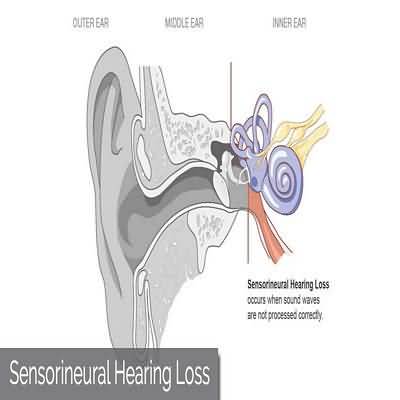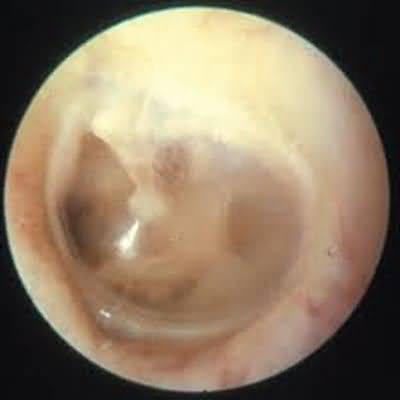vertigo
vertigo
ESSENTIALS OF DIAGNOSIS
General Considerations
Vertigo can be caused by either a peripheral or central eti ology, or bothClinical Findings
Vertigo is the cardinal symptom of vestibular disease
Vertigo is typically experienced as a distinct “spinning” sensation or a sense of tumbling or of falling forward or backward
It should be distinguished from imbalance, light-headedness, and syncope, all of which are nonvestibular in origin
usually causes vertigo of sudden onset, may be so severe that the patient is unable to walk or stand, and is frequently accompanied by nausea and vomiting
Tinnitus and hearing loss may be associated and provide strong support for a peripheral (ie, otologic) origin
Critical elements of the history include the duration of the discrete vertiginous episodes (seconds, minutes to hours, or days), and associated symptoms
Triggers should be sought, including diet (eg, high salt in the case of Ménière disease), stress, fatigue, and bright lights (eg, migraine-associated dizziness)
The physical examination of the patient with vertigo includes evaluation of the ears, observation of eye motion and nystagmus in response to head turning, cranial nerve examination, and Romberg testing
In acute peripheral lesions, nystagmus is usually horizontal with a rotatory component; the fast phase usually beats away from the diseased side
Visual fixation tends to inhibit nystagmus except in very acute peripheral lesions or with CNS disease
In benign paroxysmal positioning vertigo, Dix-Hallpike testing (quickly lowering the patient to the supine position with the head extending over the edge and placed 30 degrees lower than the body, turned either to the left or right) will elicit a delayed onset (~10 sec) fatiguable nystagmus
Nonfatigable nystagmus in this position indicates CNS disease
subtle forms of nystagmus
The Fukuda test can demonstrate vestibular asymmetry when the patient steps in place with eyes closed and consistently rotates
Central disease
—In contrast to peripheral forms of vertigo, dizziness arising from CNS disease tends to develop gradually and then becomes progressively more severe and debilitating
Nystagmus is not always present but can occur in any direction and may be dissociated in the two eyes
The associated nystagmus is often nonfatigable, vertical rather than horizontal in orientation, without latency, and unsuppressed by visual fixation
ENG is useful in documenting these characteristics
Evaluation of central audiovestibular dysfunction requires MRI of the brain
Episodic vertigo can occur in patients with diplopia from external ophthalmoplegia and is maximal when the patient looks in the direction where the separation of images is greatest
Cerebral lesions involving the temporal cortex may also produce vertigo; it is sometimes the initial symptom of a seizure
Finally, vertigo may be a feature of a number of systemic disorders and can occur as a side effect of certain anticonvulsant, antibiotic, hypnotic, analgesic, and tranquilizer medications or of alcohol
These studies help distinguish between central and peripheral lesions and identify causes requiring specific therapy
ENG consists of objective recording of the nystagmus induced by head and body movements, gaze, and caloric stimulation
It is helpful in quantifying the degree of vestibular hypofunction


















